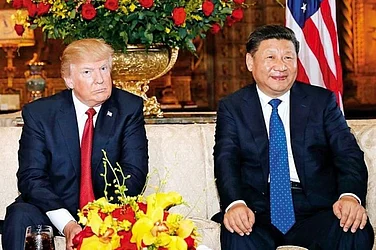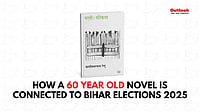A fresh wave is sweeping across TikTok, and it’s all about doing less and living more. The trend, known as “underconsumption core,” is gaining popularity as it encourages people to focus on minimalism and frugality. Instead of buying more and more, this movement pushes people to use what they have, make thoughtful purchases, and resist the urge to overconsume.
In contrast to the usual TikTok videos showcasing large hauls of clothing, makeup, or overstuffed fridges, users are now posting content that highlights thrift store finds, modest wardrobes, and well-loved, practical items. This shift is a direct challenge to the culture of consumerism that has long dominated social media, particularly the trend of influencers showcasing endless products and purchases.
Why Underconsumption Core Is Resonating
The growing popularity of underconsumption core can be linked to the financial, environmental, and social pressures that are particularly affecting younger generations, like Gen Z and Millennials. With the rising cost of living, many young people feel financially squeezed, making this trend all the more appealing.
For example, the average student loan debt in the United States is over $37,000 per borrower. This heavy financial burden often forces young adults to prioritize paying off debt over discretionary spending. At the same time, inflation continues to eat into their purchasing power, making it harder to justify spending on non-essential items.
Beyond financial concerns, the trend also reflects a growing awareness of the environmental impact of overconsumption. Mass consumerism has led to significant environmental damage, including massive amounts of waste. For instance, in Chile’s Atacama Desert, tens of thousands of tons of used clothing are discarded in landfills, contributing to environmental pollution.
Underconsumption core is also seen as a response to the influencer-driven culture of overconsumption. Much like the earlier "deinfluencing" trend, this movement pushes back against the idea that happiness or success comes from constantly acquiring more. By embracing underconsumption, TikTok users are rejecting the endless cycle of buying and showing off material goods.
A Shift Toward Sustainability
As younger generations become more aware of the environmental consequences of their buying habits, many are turning to more sustainable options. A report from ThredUp, an online resale platform, found that 65% of Gen Z shoppers want to make more sustainable purchases, even though many still feel the pull of fast fashion. This internal conflict highlights the challenges of balancing a desire for sustainability with the temptations of cheap, trendy clothing.
This trend aligns with a broader cultural shift toward intentional consumption, often associated with the “Marie Kondo effect.” Named after the Japanese organizing consultant, this movement encourages people to keep only items that bring them joy and value, promoting a more mindful approach to consumption.
How to Practice Underconsumption
If you’re interested in embracing the underconsumption core lifestyle, there are a few key strategies to keep in mind.
First, try to strike a balance between saving money and maintaining your quality of life. Research shows that a mix of experiences, like travel, and thoughtful material purchases can lead to greater happiness. The goal is not to eliminate spending entirely but to make mindful choices that prioritize what truly matters to you.
Second, focus on improving your financial literacy. Creating a budget that covers your basic needs and understanding the financial products that suit you can help you avoid the pitfalls of overconsumption. With better financial knowledge, you’re less likely to fall for marketing tricks that encourage unnecessary spending.



























